Pink Engagement Rings: Rare Beauty, Timeless Significance
Pink engagement rings have a distinct presence – delicate, expressive, and incredibly rare. At Holloway Diamonds, we...
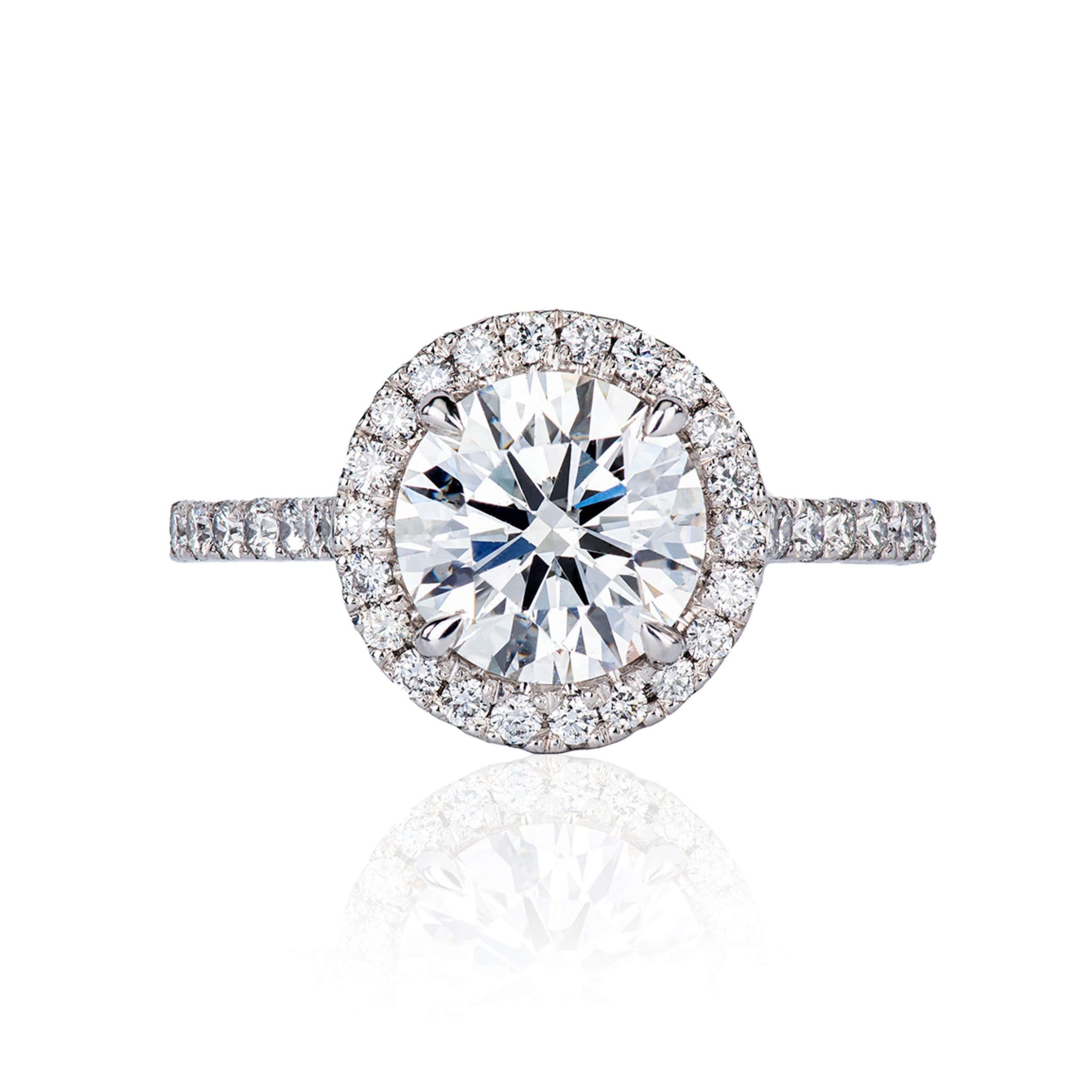
Buying a diamond is a significant investment, especially in Melbourne, where the jewellery market offers everything from rare, certified stones to synthetic alternatives. In such a competitive space, knowing how to tell if a diamond is real becomes more than a party trick; it is a safeguard.
Counterfeit stones, including synthetic or lab-created diamonds and simulants like cubic zirconia or Moissanite, are becoming harder to distinguish. With Melbourne jewellers offering a wide range of options, including high-end natural diamonds and manufactured stones, it is important to understand how to test a diamond before making a commitment. This is particularly true when buying for life events like engagements and weddings, where authenticity carries sentimental as well as financial value.
When asking “how can you tell if a diamond is real or fake?” it helps to start with the basics. Real diamonds are the hardest naturally occurring material, rating a 10 on the Mohs hardness scale. This means they can scratch almost any other surface, but will not scratch easily themselves. This helps separate CZ from diamonds because they are softer and scratch easily.
Next, real diamonds have a unique way of interacting with light. When cut correctly, a diamond will reflect both white light (brilliance) and coloured light (fire), creating the sparkle that makes them so desirable. This brilliance is also what sets them apart from most imitations.
Quality affects price, and rare diamonds generally cost more. If a diamond is being sold at a surprisingly low price, there is usually a reason. Well-cut, certified diamonds retain their value over time, so caution is needed when deals seem unusually cheap.
One of the easiest ways to get started is with a few basic at-home or in-store tests.
Fog test: Breathe on the stone like you would a mirror. A real diamond disperses heat quickly, so the fog should clear in a second or two. Simulants tend to stay fogged for longer. This method works well when browsing jewellery stores in Melbourne, especially in high-footfall locations like malls or markets.
Water test: Drop the stone into a glass of water. Real diamonds have high density and will sink straight to the bottom. Many fake diamonds float or fall more slowly.
Sparkle test: All diamonds have a sharp, bright sparkle. Moissanite has a slightly blurry sparkle but exaggerated fire colours. They do not just reflect light, and they break it up into brilliant flashes. Ask yourself, “Do real diamonds sparkle in the light?” The answer is yes, and it is one of the easiest visual cues to remember when shopping.
Clarity check: Not all stones behave the same under magnification. CZ and moissanite are typically inclusion-free, so they look flawless even under a loupe. Lab-grown (synthetic) diamonds can have inclusions, but those inclusions are usually extremely small and often hard to see even with a 10× jeweller’s loupe or microscope. Natural diamonds most often contain inclusions that are easier to detect under magnification; which is a normal and expected part of a real diamond’s character.
A trusted jeweller will use a 10x loupe, a small magnification tool, to inspect a diamond’s structure. This tool can help identify inclusions, such as tiny internal flaws, as well as features like facet junctions and girdle finishes and help you learn how to tell if a diamond is real.
Most fake diamonds do not have these fine structural details or will show signs of moulding and polishing that do not exist in naturally formed stones.
Diamonds conduct heat better than all other stones. That is why a thermal diamond tester is one of the most reliable tools used in stores. A real diamond will show a strong heat transfer. Cubic zirconia and other simulants will not. But that will not tell you that diamonds are natural or fake.
Many reputable jewellers, including those affiliated with the Jewellers Association of Australia, use these devices as part of the sales process. If you are unsure, ask for a quick heat test or learn about the diamond tools they use in-store. Again, this will help reject simulants, but these tests can be faked by devious jewellers.
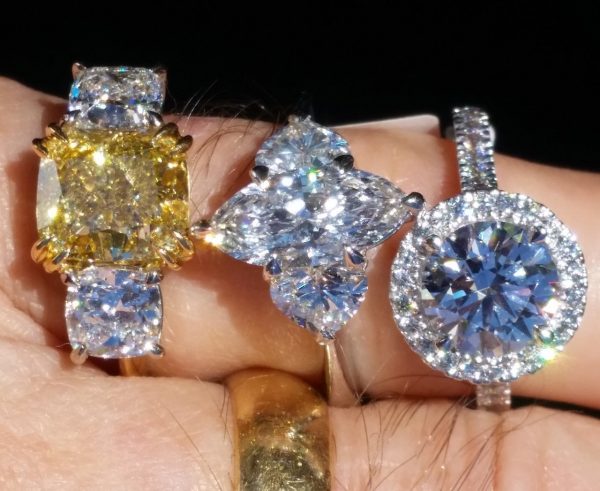
Diamond in Sunlight
Printed text method: Place the stone flat-side down on a page with printed text. If you can read the words clearly through it, it is probably a CZ and or Mossanite. Real diamonds bend light sharply enough to obscure what is beneath them.
Some shoppers bring compact scales when buying from independent sellers. It is a smart move if you are comparing stones and need a quick density check. However your scale needs to measure very accurately and will not seperate natural from synthetic lab grown diamond.
You can read more about diamond testing in our guide: How to tell if a diamond necklace is real.
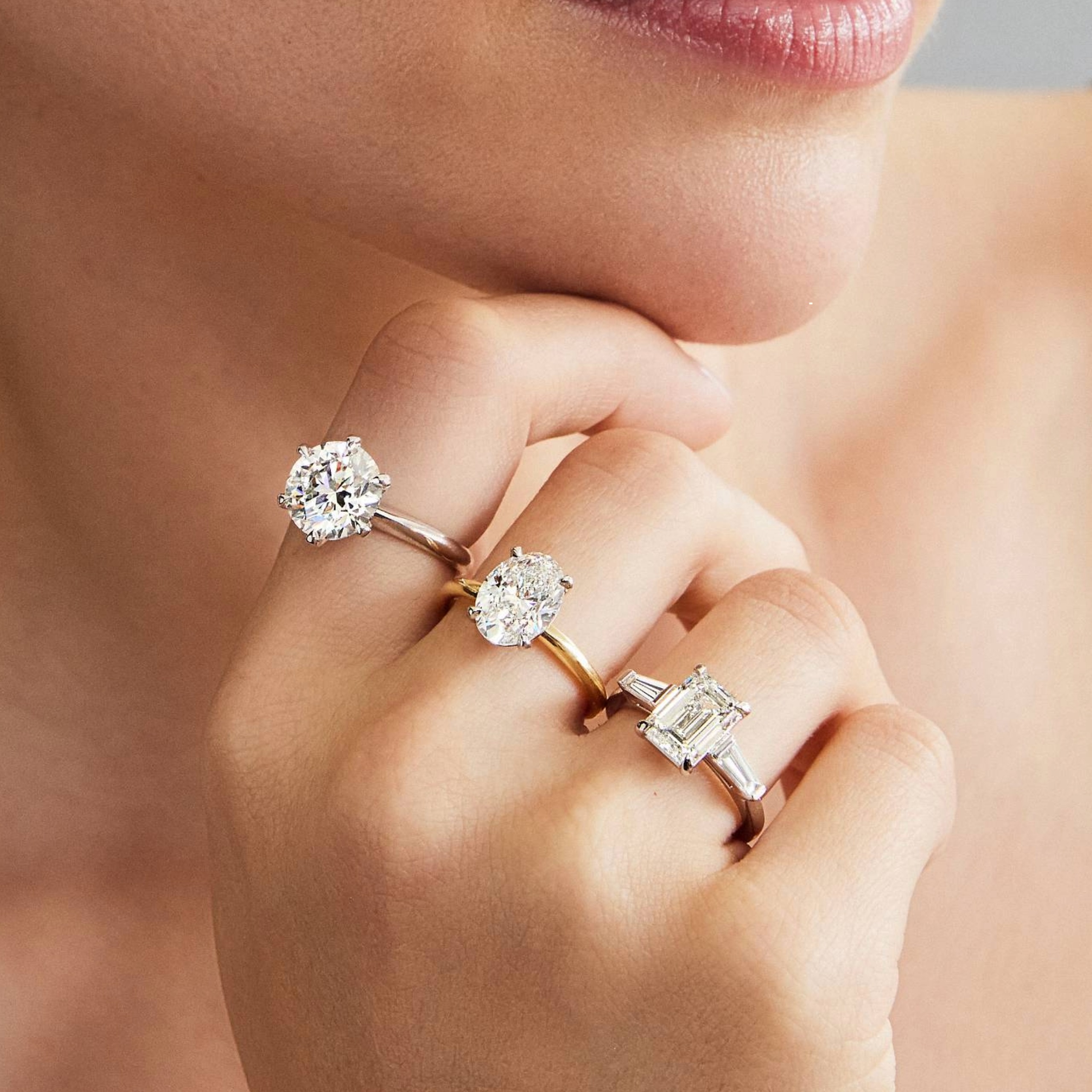
Ask for GIA or IGI certification: A reliable way to confirm a diamond’s authenticity is through documentation. In Melbourne, many trusted jewellers provide certification from globally recognised labs like GIA (Gemological Institute of America) or IGI (International Gemological Institute).
Trust your jeweller: Reputable jewellery stores in Melbourne, especially in areas like Collins Street, South Melbourne, or Chadstone, typically carry only certified stones and offer full transparency. Look for membership with industry bodies and ask questions during the buying process.
Have it tested professionally: If you are still unsure how to test diamond quality on your own, bring the stone to a certified Melbourne jeweller for a second opinion. Most will offer complimentary testing or verification if you are considering a purchase.
If you want to go beyond the standard tests, consider bringing a UV light to inspect the diamond for fluorescence. Some real diamonds glow under UV light, but the absence of glow does not mean the stone is fake. It is just one more data point.
You can also ask the seller if the diamond comes with a laser inscription. Many certified stones, especially those from GIA, have microscopic serial numbers etched into the girdle that match the paperwork. This is an added layer of verification, but fake inscription diamonds are out there too!
The more you know about who you are buying from, the better. Large jewellery retailers and boutique stores in Melbourne are not all the same. Some specialise in natural diamonds, others lean heavily into lab-created options. Always ask clear questions about origin, certification, and guarantees. Reputable jewellers are transparent and will gladly provide the information you need.
If a business has only been around for a few years versus one that has decades long history is another saftey check.
Stores that sell both natural and lab-grown or man made diamonds can make mistakes and put the wrong tag on or accidentally mix them up. So if you are after a natural diamond, dealing with a store that only sells natural diamonds is the best bet.
Another smart move is to read customer reviews and testimonials. Happy customers often mention the quality of advice, honesty, and after-sale service. It is worth taking a little extra time before making a decision, especially for something as meaningful and valuable as a diamond.
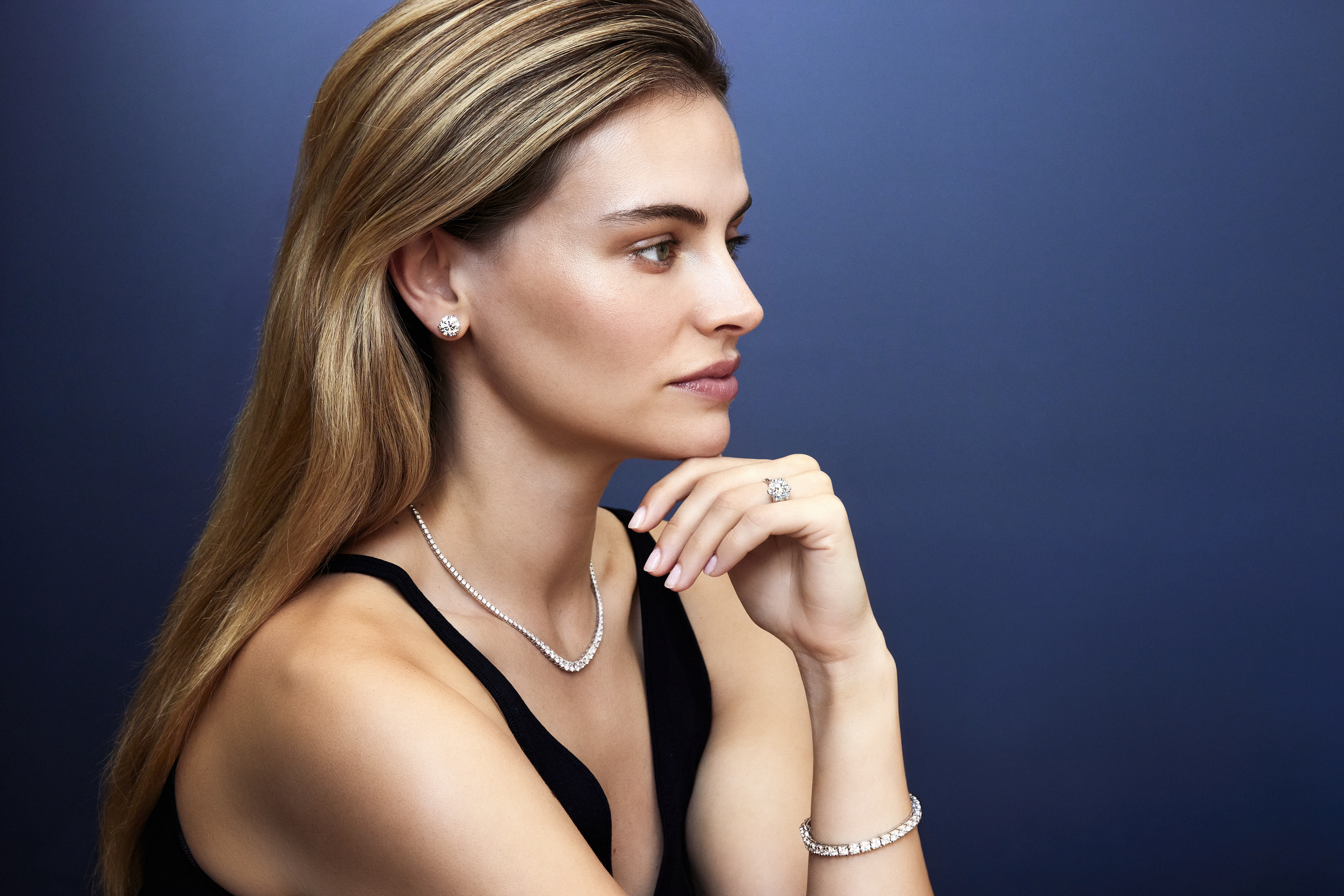
Many Melbourne jewellers offer additional services like light performance imaging, computer-aided cut analysis, or 3D renderings of proposed settings. You can learn about diamond quality and grading here If you are investing in a significant piece, ask if these services are available. These tools can help you visualise the final look and confirm the diamond’s quality before purchase.
You can also request a second opinion from another jeweller, even if you are purchasing elsewhere. Professional jewellers respect buyers who want to make informed decisions.
With so many diamond options on the market, knowing how to test diamond authenticity helps you make a confident decision. A mix of visual checks, proper documentation, and professional advice gives you the clarity you need before purchasing.
At Holloway Diamonds, we specialise in natural diamonds only that meet the highest standards of quality and brilliance. Every stone is tested for cut performance and light return using tools like the Ideal-Scope and Holloway Cut Adviser.
Whether you’re shopping for something meaningful, like a diamond ring in Melbourne or a diamond necklace for someone special, our team at our engagement ring shop in Melbourne is here to guide you.
Explore our collection of carefully handpicked certified natural diamonds online or visit us in one of our showrooms. From expert advice to personalised service, Holloway Diamonds is where confidence meets craftsmanship.
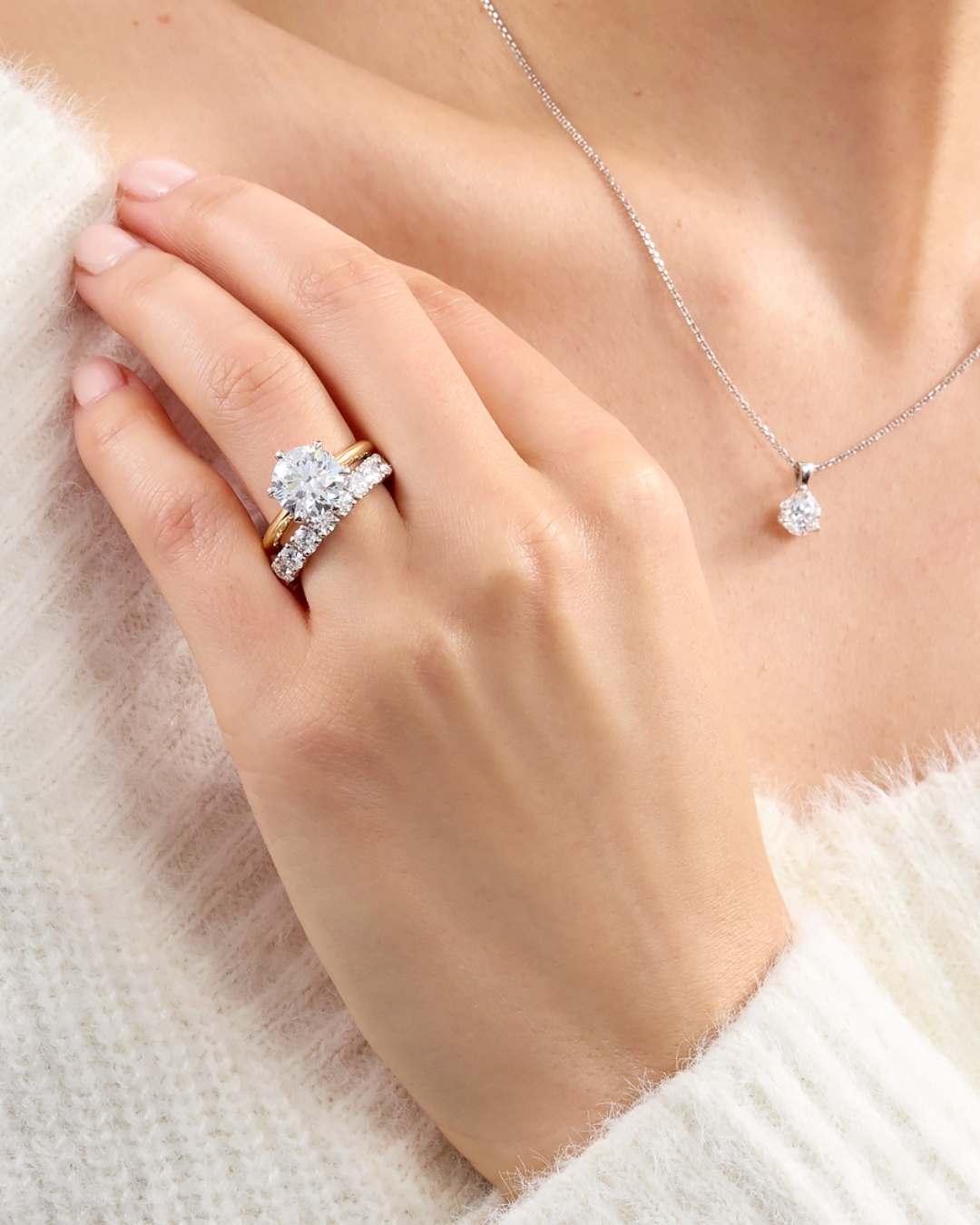
Pink engagement rings have a distinct presence – delicate, expressive, and incredibly rare. At Holloway Diamonds, we...
Heading to the Mediterranean this season? While you soak up the sun, make sure your diamonds are just as radiant when...
When it comes to purchasing an engagement ring, the diamond isn’t the only star of the show. The setting style can...